Goshawks: The birds of prey that came back from extinction
By the late 19th century, the goshawk was indisputably extinct, but their recent restoration to the British isles makes it worth exploring their history. Expert naturalist Mark Cocker tells more about this fascinating bird of prey.
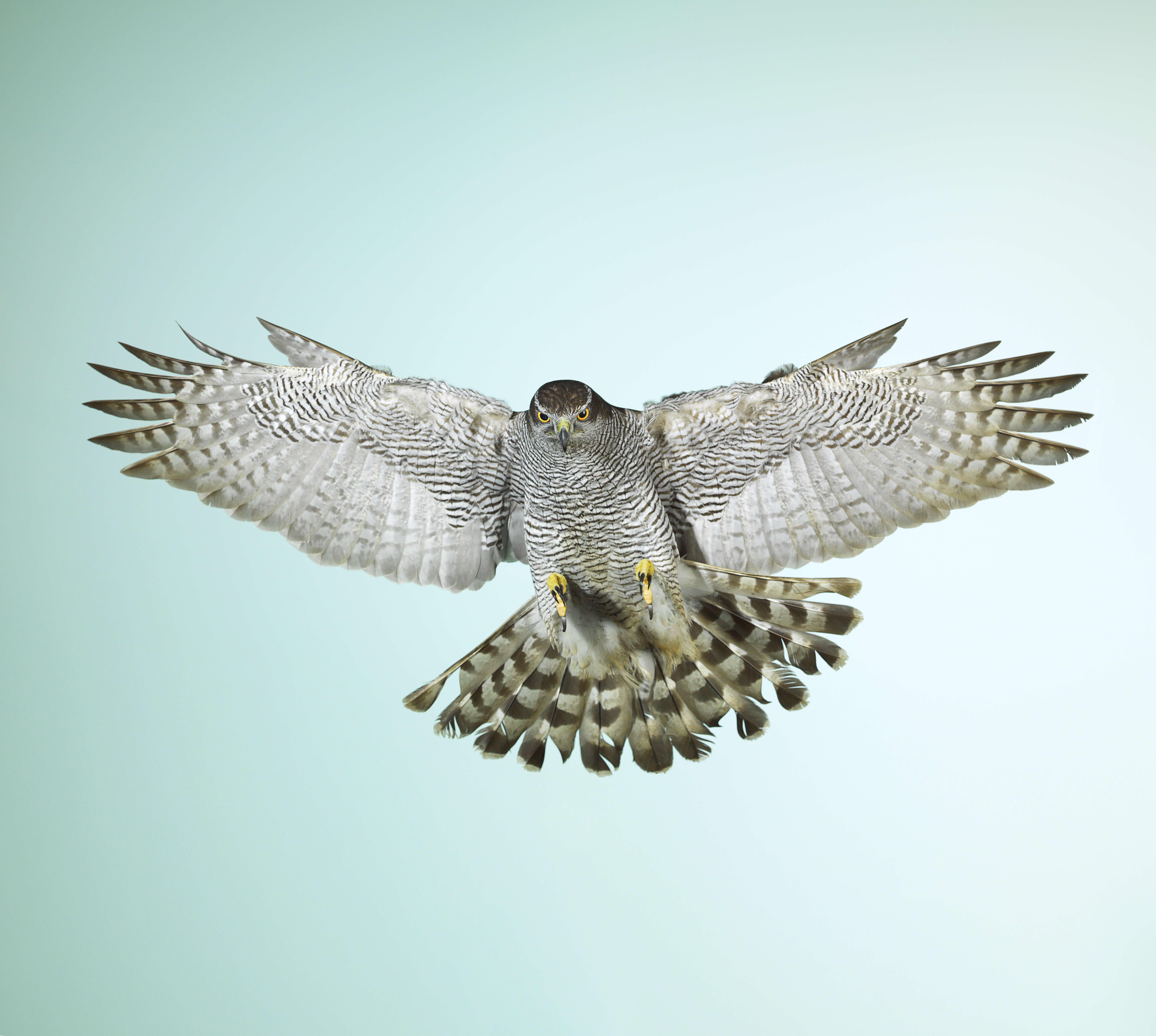
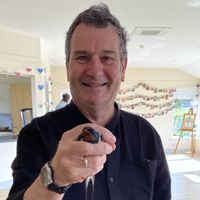
Few of Britain's birds of prey are more difficult to see than the goshawk (Accipiter gentilis). Part of this challenge is simply being able to separate it from the more numerous, but smaller sparrowhawk. On paper, the two look radically different. Big female goshawks can weigh more than 4lb (2kg) and have a wingspan of 5ft (1.6m), which is longer even than a common buzzard’s. They can be as much as 10 times the weight of a small male sparrowhawk. On average, all goshawks are bigger, broader-winged birds with thickset bodies. They possess a heavy, rounded chest that reinforces the impression of muscularity and power. Yet closer inspection can be necessary: the two species overlap and the largest female sparrowhawks are actually larger than some goshawk males.
What really makes a goshawk hard to see is its blend of sheer speed and inherent caution. They are widespread in Britain, particularly north and west of a line from the River Severn to the Tweed, where there are an estimated 1,200 breeding pairs. In all places, they are lovers of deep woods and spend most of their time within the canopy, dashing along rides or weaving through the trees, using shock tactics to flush and catch prey. In Europe, goshawks can sometimes occupy heavily urbanised places, but remain invisible to the public. There is a celebrated colony in downtown Berlin, Germany, and, although it might be the scourge of the city’s pigeon flocks, its human neighbours remain blithely unaware. The species is particularly partial to pigeon flesh, with some studies putting it as high as 60% of the entire diet. Yet goshawks have the power to overwhelm larger birds. Part-ridges, coots, mallards and even capercaillie — the latter three times the weight of its assailant — have all been recorded.
'The word goshawk is a contraction of ‘goose hawk’, a title bestowed by medieval falconers'
I once saw a female retrieving an egret from a dyke, where the prey had fallen after the raptor had struck. They will also adjust to more modest fare: squirrels, starlings, sparrows and beetles are fair game for males, which have only two-thirds the bulk of their mates. For all their fondness for deep cover, goshawks will forgo their ghost status during the pre-breeding period. For a few spring weeks, especially on sunlit March mornings, they sail high over their territories, circling and swooping. The climax of these nuptial displays is when a male and female fly together, bonding in a deep-winged, slow-motion butterfly action that they alternate with passages of effortless soaring. A mystery attaching to Britain’s population centres on the precise nature of its origins.
The word goshawk is a contraction of ‘goose hawk’, a title bestowed by medieval falconers. The name honoured the birds’ formidable predatory powers, but goshawks were also valued because they combined fierceness with tractability. Even now, the scientific name is Accipiter gentilis: among falconers, it was the ‘gentle’ or ‘noble’ hawk. There is no certain proof that those goshawks were sourced from wild stock and falconers could have imported them from the Continent. What we do know is that the species is hugely catholic in choice of habitat and has a wide range across three continents: Europe, Asia and North America. It is hard to believe that these islands were not part of that hemispheric territory.
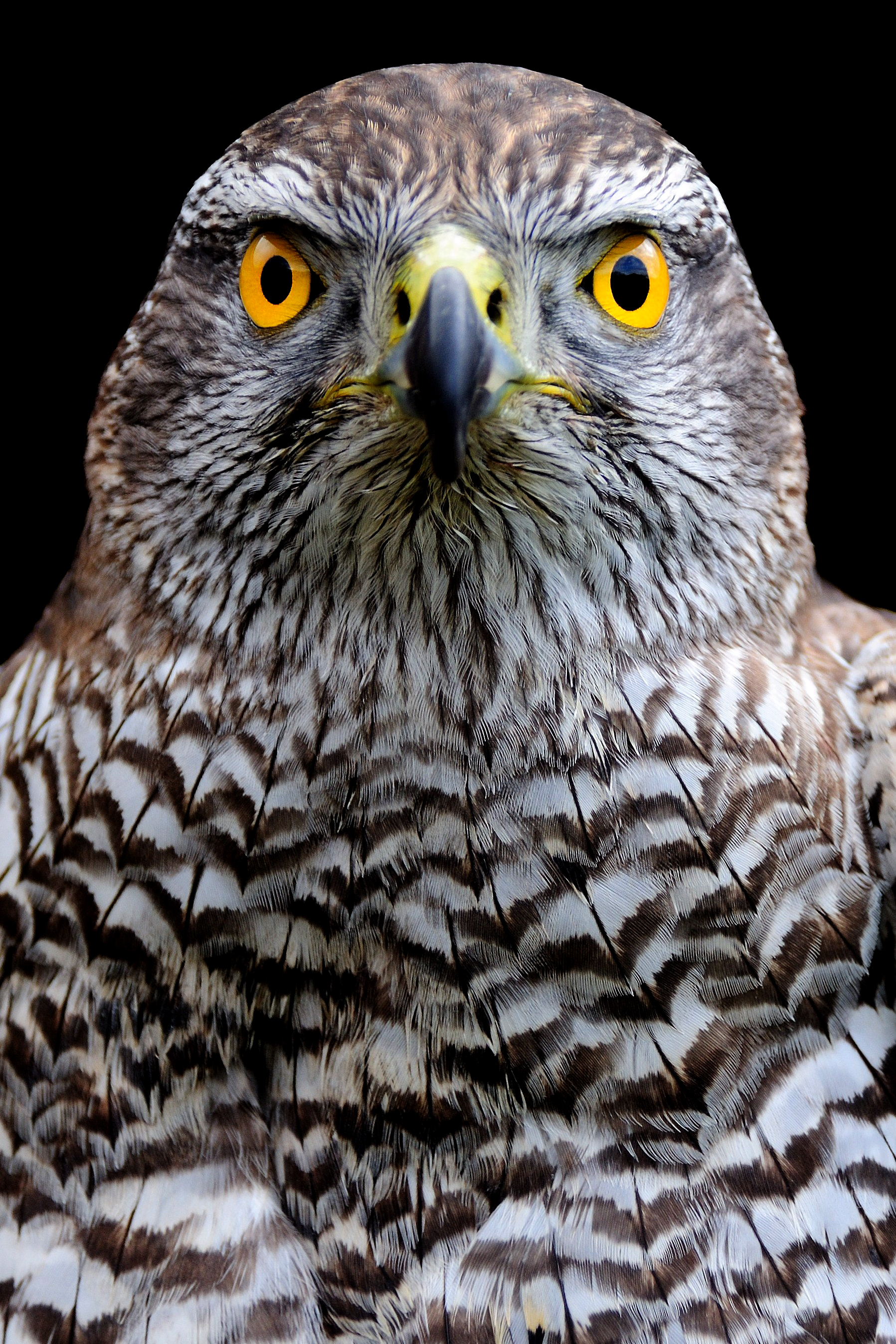
The eyes have it.
We also know that, when the gun replaced the hawk as weapon of choice among the sporting fraternity, the species was widely persecuted and, by the late 19th century, it was indisputably extinct. It seems likely that their recent restoration to these islands involved a combination of wild goshawks immigrating from Europe and local falconers’ birds escaping from captivity. By the late 1960s, despite the scourge of DDT pesticides, egg collectors and illegal shooting, they had established embryonic breeding colonies. This was especially so in south and central Wales, across the Breckland of Suffolk and Norfolk and in the Kielder Forest of Northumberland, where they benefited from the extensive conifer plantations established by the Forestry Commission.
It is a mark of the goshawk’s permanent place in our cultural life that, at those sites, they are now openly celebrated as special, if rather elusive residents. There are designated viewing spots where the public can go and try to catch a glimpse of goshawks in spring display.
Mark Cocker's latest book, ‘One Midsummer’s Day: Swifts and the Story of Life on Earth’, is out in paperback
Exquisite houses, the beauty of Nature, and how to get the most from your life, straight to your inbox.
Mark Cocker is a naturalist and multi-award-winning author of creative non-fiction. His last book, ‘One Midsummer’s Day: Swifts and the Story of Life on Earth’, is out in paperback. A new book entitled 'The Nature of Seeing' will be published next year by Jonathan Cape.
-
 Suit yourself: I’m a 49 year-old man-about-town and I’ve never owned a suit
Suit yourself: I’m a 49 year-old man-about-town and I’ve never owned a suitWhen Hugh Smithson-Wright turned up to Country Life's annual Gentleman's Life party sans suit, it sparked a passionate conversation about why the formal fashion just isn't for everyone.
-
 'The ugliness and craziness is a part of its charm': The Country Life guide to Bangkok
'The ugliness and craziness is a part of its charm': The Country Life guide to BangkokWhere to stay, where to eat and what to do in the Thai capital.
-
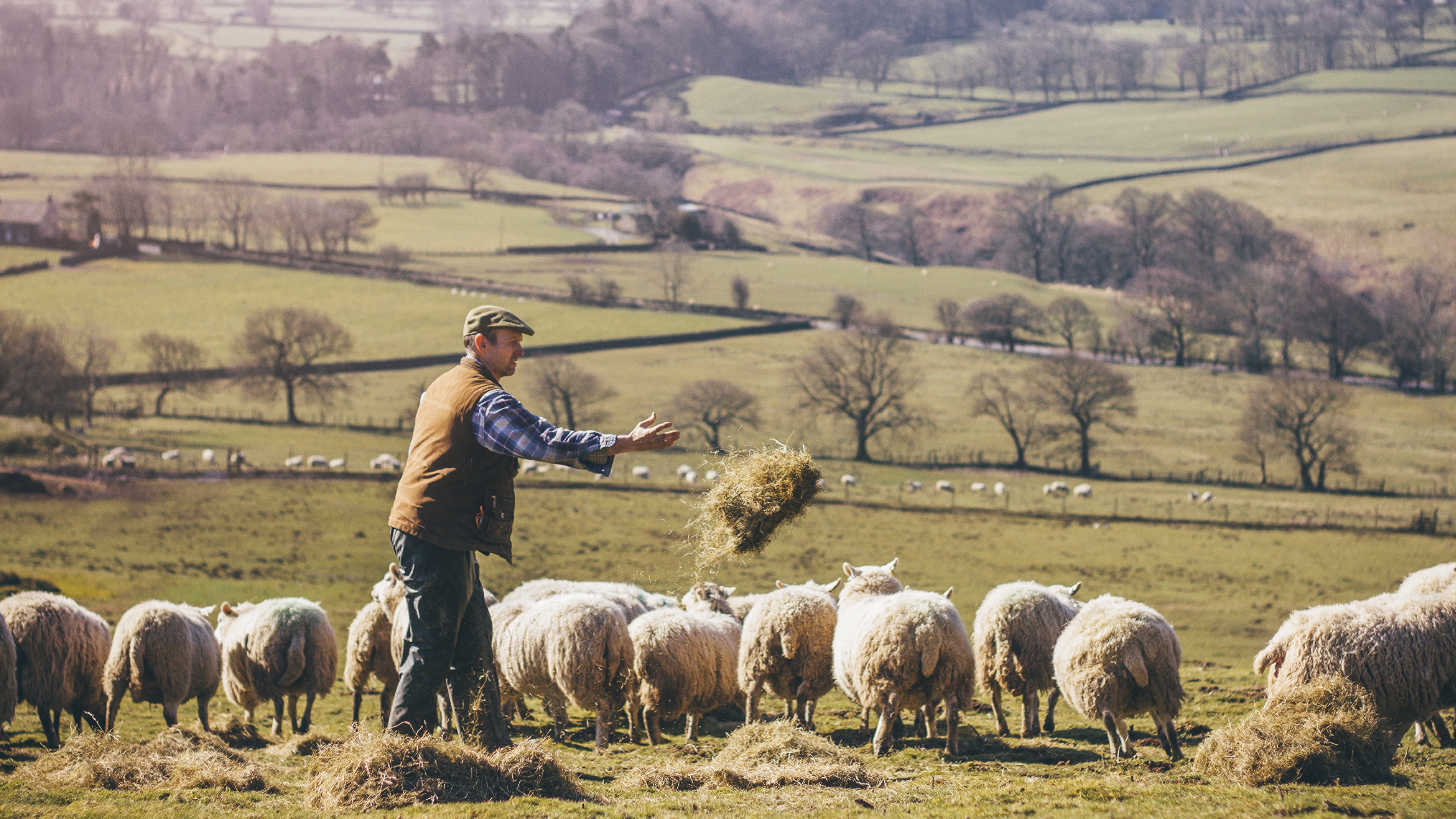 I was Jeremy Hunt’s main political adviser and helped put together multiple Autumn Statements and Budgets. This is what I think Rachel Reeves’s Budget means for the countryside
I was Jeremy Hunt’s main political adviser and helped put together multiple Autumn Statements and Budgets. This is what I think Rachel Reeves’s Budget means for the countrysideAdam Smith, former chief of staff to the Chancellor of the Exchequer, reflects on what last week's Budget means for the countryside and how we ensure the rural voice is heard loudly inside Budget preparations.
-
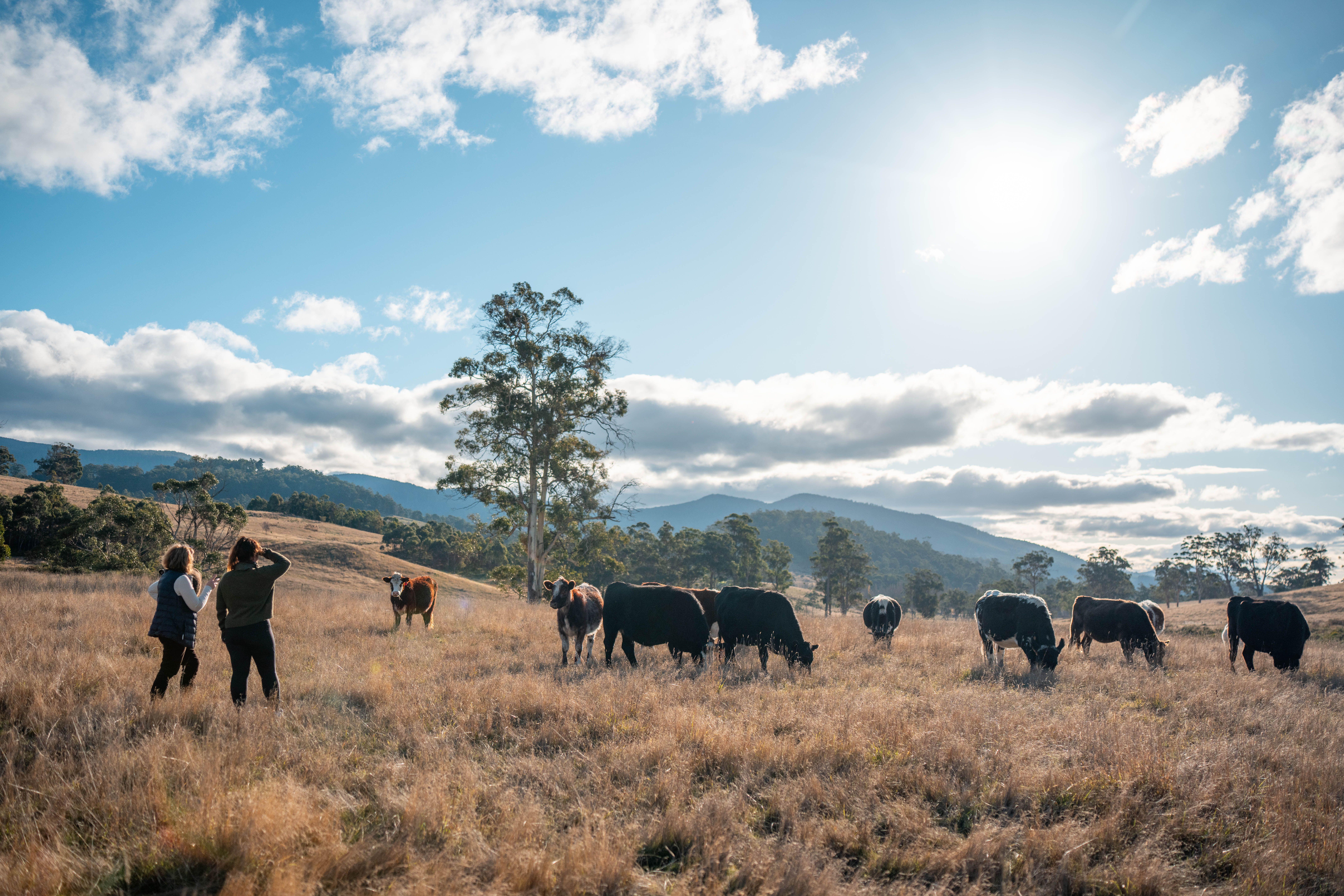 The Budget: What do we need to fix a broken countryside, and what will we get?
The Budget: What do we need to fix a broken countryside, and what will we get?With the Autumn Budget looming, countryside and heritage organisations reveal what they are hoping to hear to fix the turmoil — and what they are dreading
-
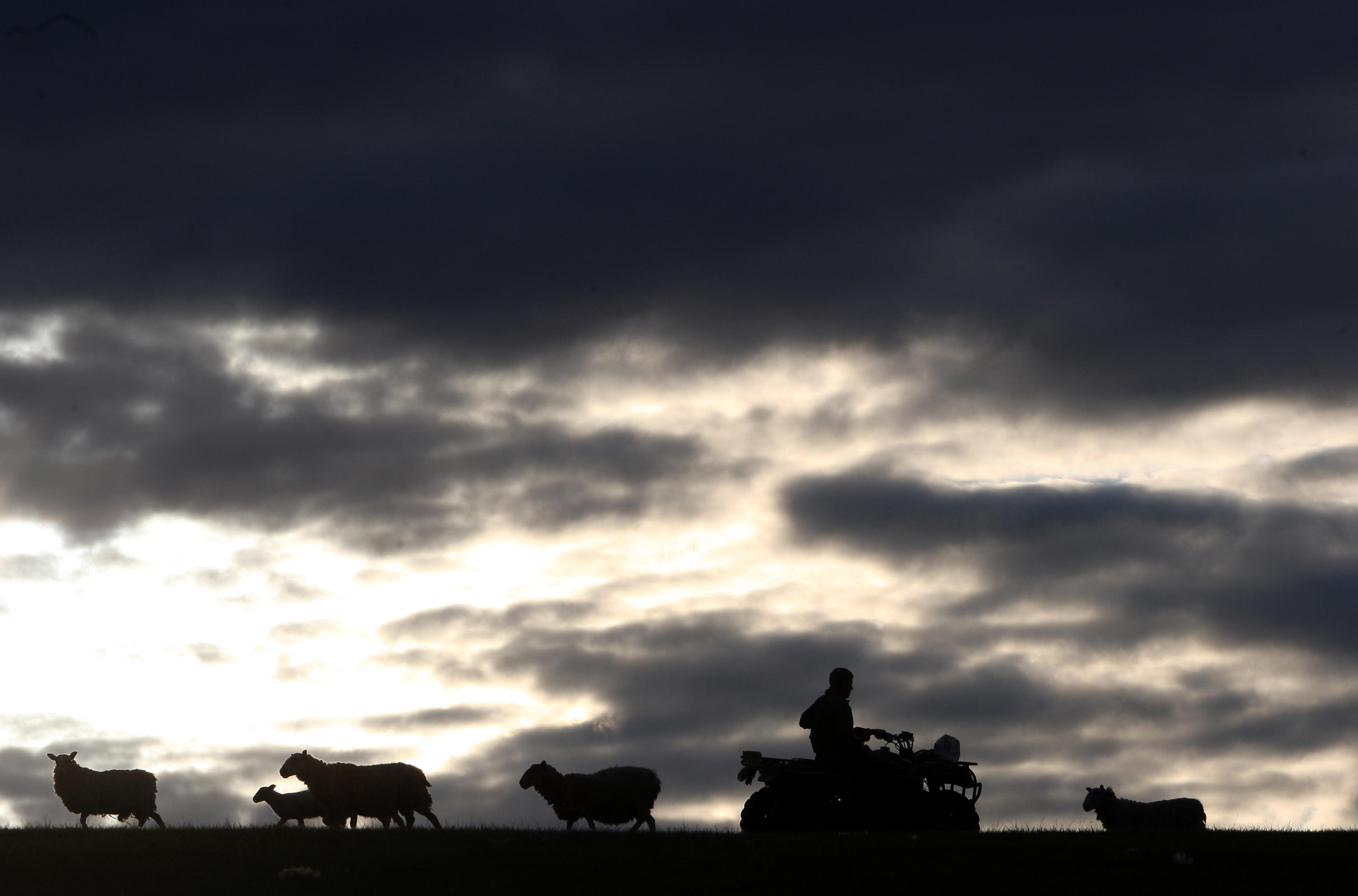 'I’m going to be the first in more than 100 years to sell anything off': How the upcoming budget uncertainty is impacting young farmers
'I’m going to be the first in more than 100 years to sell anything off': How the upcoming budget uncertainty is impacting young farmersChanges to inheritance tax, property relief and Defra budgets will likely change Britian's rural landscape. We ask the next generation of farmers what they think their future will look like.
-
 An unfenced existence: Philip Larkin's love of the countryside
An unfenced existence: Philip Larkin's love of the countrysideRichard Barnett pokes at Larkin’s protective carapace of soot-stained gloom and finds a writer with an unillusioned yet tenderly perceptive sense of Nature, in all its beauty and indifference
-
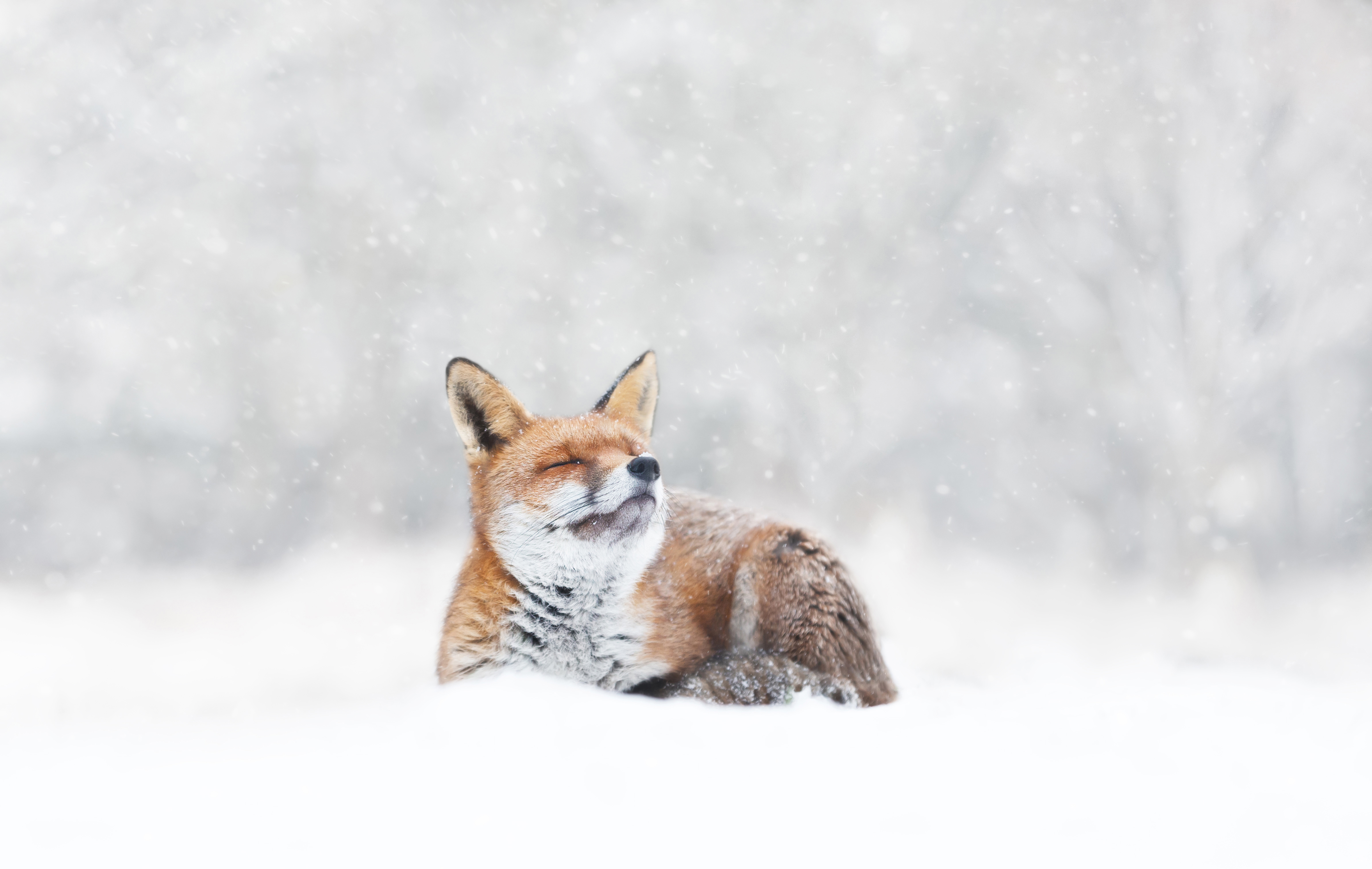 Baby, it’s cold outside (even if you have a natural fur coat): How our animals brave the winter chill
Baby, it’s cold outside (even if you have a natural fur coat): How our animals brave the winter chillWhen the temperature drops, how do Britain’s birds, beasts and plants keep the cold at bay? John Lewis-Stempel reveals Nature’s own thermals.
-
 Retro rubbish: Waste from the 90s unearthed in 97-mile-long beach clean
Retro rubbish: Waste from the 90s unearthed in 97-mile-long beach cleanThe 6,482 volunteers unearthed waste discarded decades ago among the 232,229 pieces of litter recorded during the initiative.
-
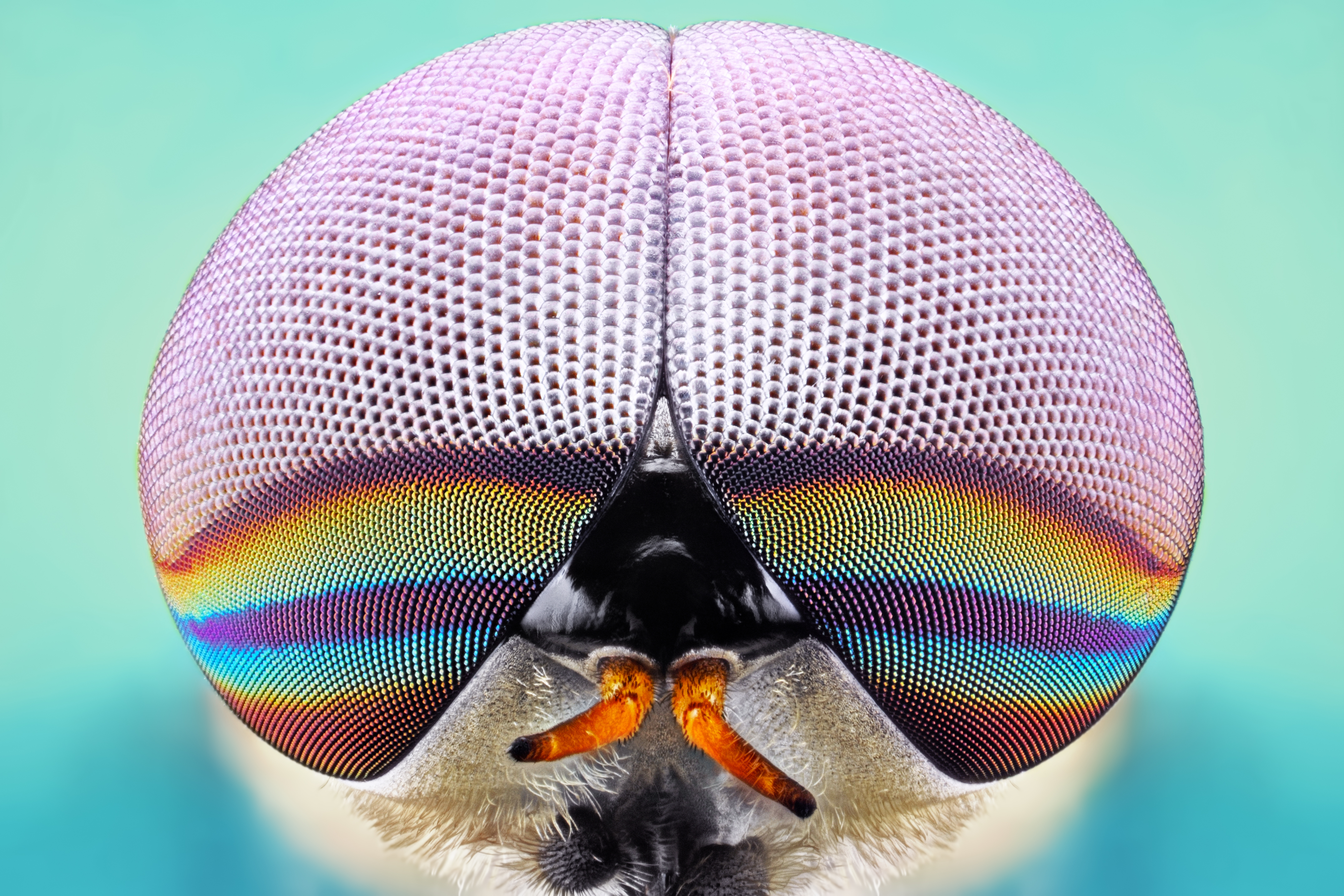 Dangerous beasts (and where to find them): Britain's animals that are best left alone
Dangerous beasts (and where to find them): Britain's animals that are best left aloneJohn Lewis-Stempel provides a miscellany of our otherwise benign land’s more fearsome critters.
-
 Mystery, muse and metaphor: There's more to fog than meets the eye
Mystery, muse and metaphor: There's more to fog than meets the eyeSmothering, transformative and beautiful, fog’s close-set shroud has inspired titans of literature, cinema and art — and forces the rest of us to look at the world a little closer.
